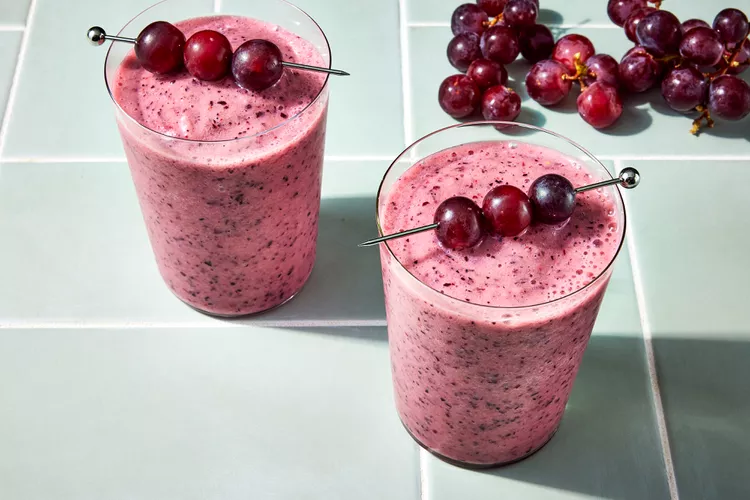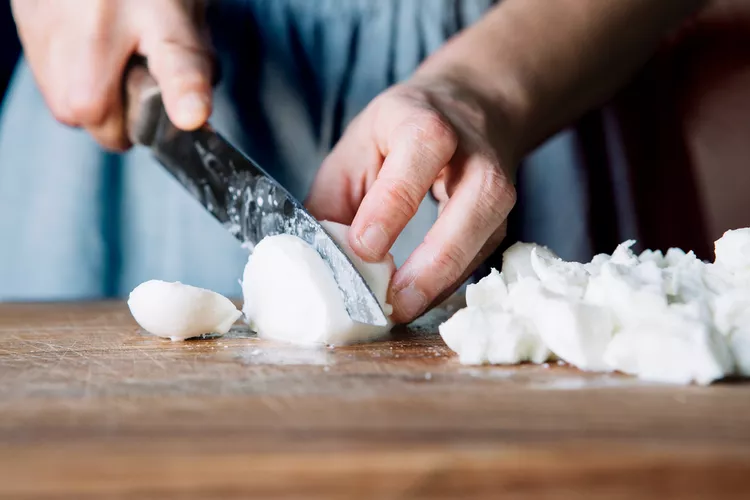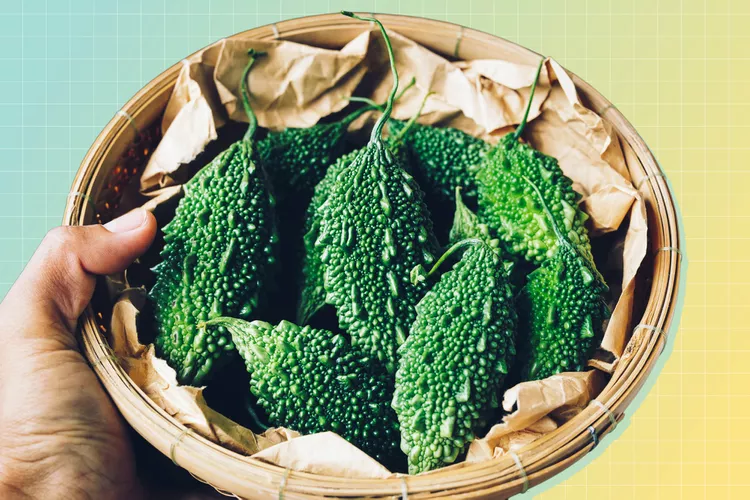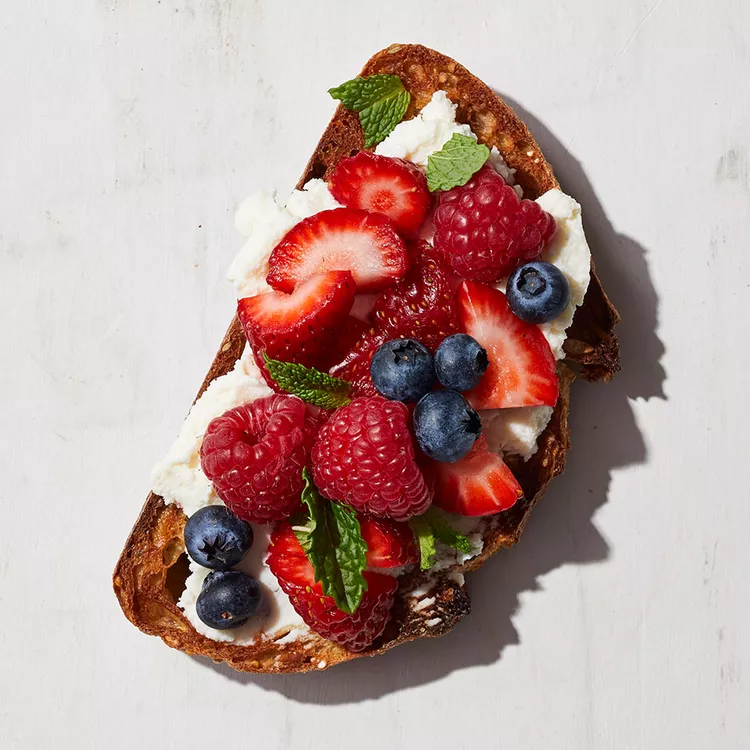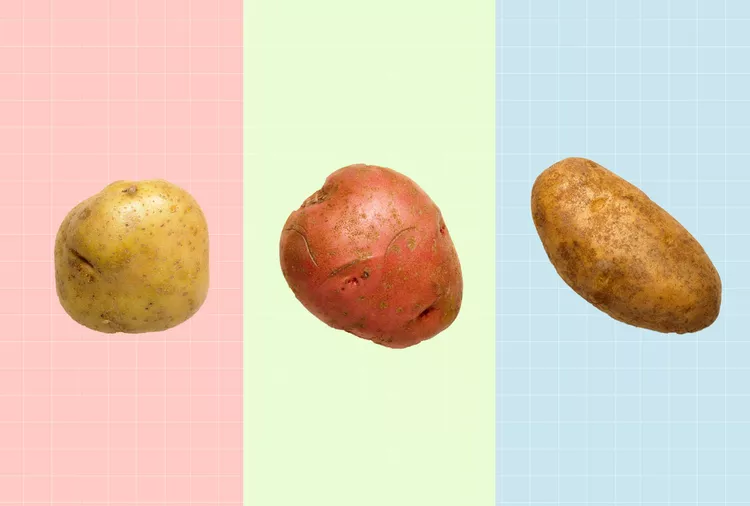Contents
Potato Starch Substitutes
Potato Starch Substitute: Potato starch is a versatile, natural ingredient derived from crushing and extracting starch from potatoes. When you use potato starch, you’re utilizing the dried, finely ground powder form of potatoes. This ingredient is commonly used in cooking and baking for its ability to thicken sauces, soups, and gravies, as well as serve as a gluten-free flour substitute and a crispy coating for fried foods.
If you find yourself out of potato starch, don’t worry — there are several great alternatives you can use. From common pantry staples to more specialized options, these substitutes for potato starch work effectively in various recipes.
Here are 9 excellent potato starch Substitute to consider in your cooking and baking endeavors.
.
1. Cornstarch
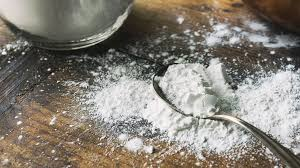
Cornstarch is a popular kitchen staple often used as a thickener, anticaking agent, and essential ingredient in gluten-free baking. It’s also one of the best substitutes for potato starch when you’re in a bind.
To use cornstarch as a replacement, substitute it in a 1:1 ratio for potato starch. It’s particularly effective in soups, sauces, and gravies, helping to create a smooth and consistent texture. Additionally, cornstarch can enhance the texture of baked goods like cookies and cakes, giving them a crumbly and tender finish.
However, keep in mind that cornstarch isn’t as heat-resistant as potato starch. It may not perform as well in recipes that require high-temperature cooking methods, so consider this when making your substitution.
2. Tapioca starch
Tapioca Starch, also referred to as tapioca flour, is a versatile ingredient derived from the roots of the cassava plant. It’s commonly used in gluten-free recipes for items like breads, pancakes, and pizza crusts. Additionally, it serves as an excellent thickener for puddings, pie fillings, and soups.
When using tapioca starch as a substitute for potato starch, small amounts work perfectly in a 1:1 ratio for thickening purposes. However, when it comes to baked goods, you might need to increase the amount by 25–50% and adjust the quantities of other dry ingredients to maintain balance in the recipe.
It’s also important to note that using large amounts of tapioca starch can make baked goods chewy or sticky, so it’s often more effective when combined with other flours. This ensures your recipes achieve the desired texture and consistency without becoming overly dense.
3. Arrowroot powder
Tapioca Starch, also referred to as tapioca flour, is a versatile ingredient derived from the roots of the cassava plant. It’s commonly used in gluten-free recipes for items like breads, pancakes, and pizza crusts. Additionally, it serves as an excellent thickener for puddings, pie fillings, and soups.
When using tapioca starch as a substitute for potato starch, small amounts work perfectly in a 1:1 ratio for thickening purposes. However, when it comes to baked goods, you might need to increase the amount by 25–50% and adjust the quantities of other dry ingredients to maintain balance in the recipe.
It’s also important to note that using large amounts of tapioca starch can make baked goods chewy or sticky, so it’s often more effective when combined with other flours. This ensures your recipes achieve the desired texture and consistency without becoming overly dense.
4. Rice flour
Tapioca Starch, also referred to as tapioca flour, is a versatile ingredient derived from the roots of the cassava plant. It’s commonly used in gluten-free recipes for items like breads, pancakes, and pizza crusts. Additionally, it serves as an excellent thickener for puddings, pie fillings, and soups.
When using tapioca starch as a substitute for potato starch, small amounts work perfectly in a 1:1 ratio for thickening purposes. However, when it comes to baked goods, you might need to increase the amount by 25–50% and adjust the quantities of other dry ingredients to maintain balance in the recipe.
It’s also important to note that using large amounts of tapioca starch can make baked goods chewy or sticky, so it’s often more effective when combined with other flours. This ensures your recipes achieve the desired texture and consistency without becoming overly dense.
5. Mochiko flour
Tapioca Starch, also referred to as tapioca flour, is a versatile ingredient derived from the roots of the cassava plant. It’s commonly used in gluten-free recipes for items like breads, pancakes, and pizza crusts. Additionally, it serves as an excellent thickener for puddings, pie fillings, and soups.
When using tapioca starch as a substitute for potato starch, small amounts work perfectly in a 1:1 ratio for thickening purposes. However, when it comes to baked goods, you might need to increase the amount by 25–50% and adjust the quantities of other dry ingredients to maintain balance in the recipe.
It’s also important to note that using large amounts of tapioca starch can make baked goods chewy or sticky, so it’s often more effective when combined with other flours. This ensures your recipes achieve the desired texture and consistency without becoming overly dense.
6. Wheat flour
Wheat Flour stands out as one of the most versatile and easily accessible substitutes for potato starch, offering great results in various culinary applications. This common kitchen staple is ideal for creating a batter for fried foods, delivering a crispy and golden finish. Additionally, it performs well in a wide range of baked goods, from bread to cakes and cookies.
When using wheat flour as a replacement for potato starch, you may need to adjust the quantity by doubling the amount to achieve the desired thickness or texture. Keep in mind that wheat flour is not gluten-free, making it unsuitable for individuals with celiac disease or gluten sensitivities.
Its widespread availability, affordability, and versatility make wheat flour a reliable option for thickening, breading, or baking in recipes that don’t require a gluten-free solution.
7. Potato flour
Potato Flour and potato starch may sound similar, but they are distinct ingredients with unique characteristics. Unlike potato starch, which is derived solely from the starch of potatoes, potato flour is made by processing whole potatoes—peeled, dried, and ground into a fine flour. This distinction gives potato flour a more robust, earthy flavor compared to the neutral taste of potato starch.
You can substitute potato flour for potato starch in many recipes using a 1:1 ratio, making it a practical option for creating breads, pizza crusts, and hearty soups. However, due to its pronounced flavor, potato flour is better suited for savory dishes rather than delicate pastries or sweet recipes.
Its unique properties and nutrient-rich composition make potato flour a valuable ingredient for thickening and adding structure to a variety of recipes, especially when you’re aiming for a wholesome, hearty flavor profile.
8. Coconut flour
Coconut Flour is a widely favored paleo and keto-friendly substitute for traditional flours, offering a nutrient-rich, low-carb alternative. Thanks to its mildly sweet coconut flavor, it works particularly well in baked goods and desserts, adding a subtle tropical note to your creations.
While it serves as a versatile replacement for potato starch in many recipes, coconut flour differs significantly in texture and consistency. To achieve the best results, adjust your measurements by reducing the amount by 10–15% compared to potato starch.
In addition to being gluten-free, coconut flour enhances recipes with its unique flavor profile and excellent absorbent properties, making it a perfect choice for health-conscious cooks looking to refine their favorite dishes.
9. Instant mashed potatoes
Instant Mashed Potatoes are a convenient and versatile substitute for potato starch, made from cooked, mashed, and dehydrated potatoes that are processed into powdered flakes. This pantry staple works well as a thickening agent, seamlessly enhancing the texture of soups, sauces, and gravies.
To use them as a substitute, simply replace potato starch with an equal amount of instant mashed potatoes. For optimal results and a smoother consistency, pulse the flakes in a food processor before incorporating them into your recipes.
This easy-to-use alternative not only saves time but also adds a subtle depth of flavor, making it a handy option for a wide range of dishes.
The bottom line
Potato starch is an incredibly versatile ingredient, often used to enhance the texture and consistency of various dishes. But if your pantry is out of potato starch, don’t worry—there are plenty of effective substitutes readily available.
From cornstarch and tapioca flour to arrowroot powder and coconut flour, these alternatives can seamlessly replace potato starch in recipes. Each substitute offers unique properties, so feel free to experiment to find the one that works best for your dish.
Make sure to adjust your recipe proportions to achieve the perfect taste and texture. With a little creativity and the right ingredient swaps, you can still enjoy delicious and well-balanced results in your cooking and baking projects.
summary
Cornstarch is an excellent alternative to potato starch, commonly used in baked goods, as well as in soups, sauces, and gravies to enhance texture and consistency. If you’re looking for a thickening agent, tapioca starch is a great choice. It also works well in baked goods, but keep in mind that you might need to adjust the recipe’s ratio to achieve the best results.
Another effective substitute is arrowroot powder, which has a neutral flavor, making it an ideal option to thicken foods without altering the taste. However, be cautious and use it in smaller quantities, as it can slightly affect the flavor of certain dishes. Each of these alternatives provides versatility, so experimenting with different options can help you achieve the perfect texture and flavor for your recipes.
Rice flour is commonly used as a thickener and flour substitute in various recipes. However, its gritty texture and relatively heavy consistency may not be suitable for all dishes, so it’s important to consider the overall texture you’re aiming for. On the other hand, Mochiko flour offers a slightly sweet flavor and a sticky texture, making it an excellent choice for sweets, pastries, and baked goods.
Additionally, Mochiko flour can be used as an effective alternative to potato starch for thickening sauces, soups, and gravies, or as a coating for fried foods. Both rice flour and mochiko flour offer versatile options, but choosing the right one depends on the specific needs of your recipe and the desired end result.
Wheat flour is a versatile ingredient that can easily substitute potato starch in frying, baking, or thickening foods. However, it’s important to note that wheat flour contains gluten, so it’s not suitable for those following a gluten-free diet. Additionally, you may need to use larger quantities of wheat flour compared to potato starch to achieve the desired texture or consistency in your recipes.
On the other hand, potato flour can also serve as a replacement for potato starch in some dishes. Its natural potato flavor makes it ideal for savory recipes but may not work as well in sweet dishes. Keep in mind that potato flour may affect the overall taste of the dish, so it’s best suited for hearty, savory meals.
Coconut flour offers a subtle sweet coconut flavor and works well as a substitute for potato starch in a variety of baked goods and desserts. Its unique flavor profile makes it a great choice for recipes that benefit from a slight sweetness. However, due to its high absorbency, you may need to adjust the liquid ratio in your recipes when using coconut flour.
Another great alternative is instant mashed potatoes, which can be easily pulsed in a food processor to create a finer texture. Once processed, they can be used as a direct replacement for potato starch in most dishes, including soups, sauces, and gravies. Instant mashed potatoes provide a convenient and effective thickening option in your kitchen.


